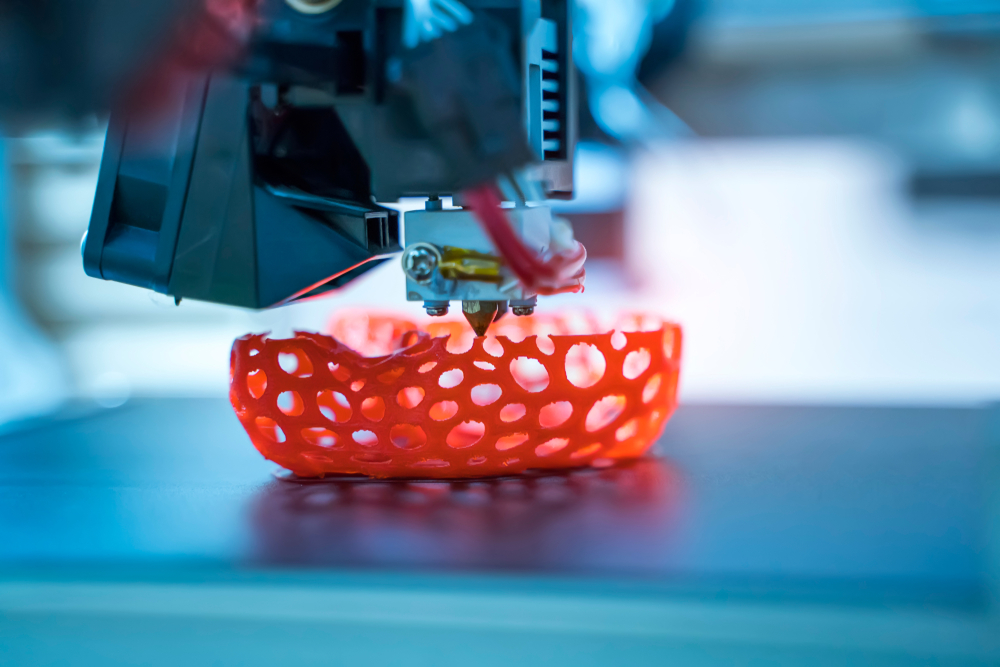If you are interested in developing a new product in China, then the first step will be to develop a prototype model of that product with the help of your selected vendor in China. A rapid prototype model is designed using a CAD system to assess the quality of your product quickly.
China has many companies that can offer rapid prototyping services. As a result, the development process in China has become much faster and more cost-effective. This service can help any business develop its prototype model quickly and perform a reliability test of the model so that further improvements can be incorporated.
What is Rapid Prototyping?
Now let us try to understand what exactly rapid prototyping is. It is a simulation process by which the engineers can create a physical model or prototype of any product faster by using the latest technique such as:
– CAD software
– 3D printing technologies.
After creating the prototype, it will be subjected to various functional tests to evaluate its performance. After the successful development of the prototype model, it can be demonstrated to clients, and the features and benefits of the product can be explained.
![]()
The techniques used in rapid prototypes in China include the following:
– Computer Numerical control (CNC) machining – Here, a computer is used to translate the CAD software design into a numerical representation. The majority of metal fabrication processes use this technique.
– Selective Laser Sintering (SLS) – It is a technology that helps in many ways, which include the complex geometry and shapes, as well as the prototype and production of three-dimensional components
– Stereolithography (SLA) – It functions with ultraviolet laser beams. SLA and SLS both use laser technology to create distinct layers. Whereas a powder is used for fusion in SLS, a liquid resin is utilized in SLA. This is the main distinction between the two processes.
– Vacuum casting – It is employed in the production of high-quality prototypes for customers, typically using silicone and polyurethane as the mould material.
– Fused Deposition Modelling (FDM) – It forms layers by melting plastic in the printer’s nozzle. Although the polish and resolution are not of international standard, they are inexpensive and simple to create.
How does China help in offering rapid prototyping services?
Rapid prototyping is more helpful in comprehending product characteristics and performance prior to beginning manufacturing because it involves 3D printing. The prototype assists the relevant parties in determining whether or not the finished product adheres to the planned design and purpose.
Rapid prototyping services in China make it simple to persuade customers and investors that the final product is feasible because the 3D representation facilitates comprehension.
